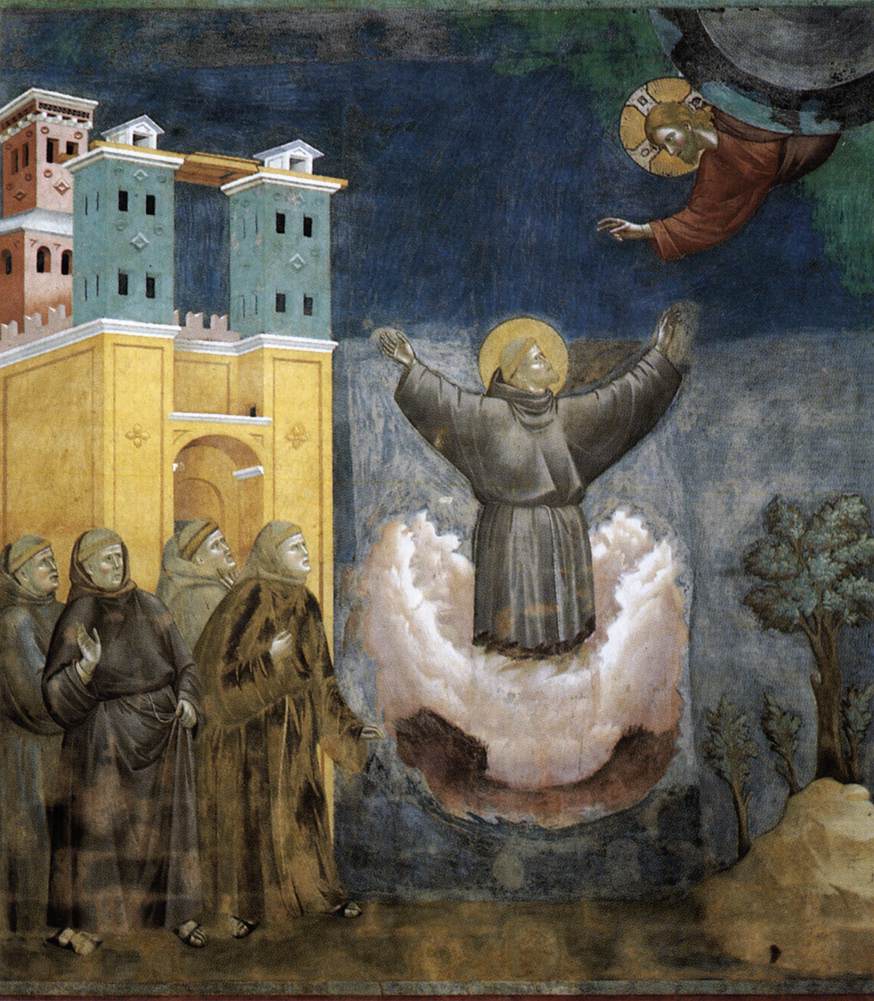So here are what I believe are the criteria that constitute balanced definitions of the terms left, right, and center. In this discussion it is important to remember that these terms refer to actual historical realities. The extreme left wing is used to refer to communism, and the extreme right is used to describe fascism or military dictatorships. Therefore, the criteria we use to define these terms need to accurately reflect these forms of political economic societies.
The primary criteria which separate left wing and right wing is the idea of equality and the way in which equality or inequality interacts with freedom and opportunity. I would define the far left as state imposed equality. The fundamental example is communism. In communist society, the goal is classlessness and economic equality. The problem is that state imposed equality undermines freedom and opportunity. Using this same criteria, far right would be defined as state imposed inequality. The primary example of far right then would be racist regimes like apartheid South Africa or Nazi Germany. Also, any regime in which power is concentrated in one small group by heritage or military might would be considered far right. In both far right and far left, freedom and economic mobility is sacrificed for either state imposed equality or state imposed inequality.
Using these same criteria helps us define the center. The center is then defined as the political-economic system which maximizes freedom, opportunity and social, political and economic mobility. These definitions are helpful because they distinguish between theoretical and practical freedom. Freedom is defined as a condition in which economic mobility is as closely correlated to the free exercise of ingenuity and effort. Freedom is the condition in which through wise effort, the individual or a group of individuals can progress economically and if desired politically.
By these criteria, the center is the goal. The goal is to maximize freedom, opportunity and class mobility. In America, we then primarily have positions of center right and center left. A center right position is held by those who argue that state sponsored equality has undermined freedom and opportunity and therefore a move toward less state sponsored equality is needed. The center left are those who argue that social conditions are such that unregulated power has solidified to such an extent that opportunity and economic mobility has been impeded. In such a scenario, state sponsored action is needed to provide greater opportunity. Both center-right and center-left perspectives, it is assumed, are crafting policy to increase freedom, opportunity, and mobility. When both wings of the American political spectrum define the ideal as the American Dream both parties are describing economic mobility.
Using these definitions and assuming that both center-right and center-left has mobility as the goal has the benefit of generating dialogue with respect to policy without categorizing either perspective as hard left or hard right. It is assumed that the goal of both American parties is not state-sponsored equality or state-sponsored inequality but freedom, opportunity, and mobility. But the norm in partisan rhetoric does not assume similar goals but instead demonizes the intentions of the opposition. The right all too often characterizes the left as those desiring to promote equality at any cost including the sacrifice of freedom, incentive, and innovation. On the other hand, the left often describes the right as the collusion of economic and political power to such an extent as to solidify the power of the few and undermine the economic mobility of the majority. The reality is that neither of these scenarios describes the intent or values of either position.
Post-partisan dialogue therefore needs to begin by defining the goals of all to lie in this ideal center of maximized freedom, opportunity, and mobility. If we can start our political dialogue and determine the merits of a given policy using these mutually accepted goals, we will find that we can enter an era of civil, post-partisan dialogue in American politics.
Technorati Tags:


5 comments:
Thanks for the education my friend. You should consider teaching.
Could you more clearly define what you mean by economic mobility - an excellent post.
By economic mobility, I mean that by intellegent and strenuous effort a person can generate wealth. A good society is a society that provides the maximum opportunity for an individual or group of individuals who supply value to others to generate wealth if that is their desire.
We need truly Christ-centered polis creating Christ-centered politics.
Our original Constitution and DOI and Bill of Rights were Christ-centered docs for Christ-centered people, imo.
The system breaks down when we leave Christ-center.
I won't go into further depth. Suffice it to say: Jesus is the Answer. He created a Kingdom that works.. but it only works by His Spirit.
Grace.
But the Soviet Union was a de facto military dictatorship that had state imposed inequality between the small elite (sometimes hereditary) ruling class and the workers. That is communism but could be called right wing by your definition.
Post a Comment